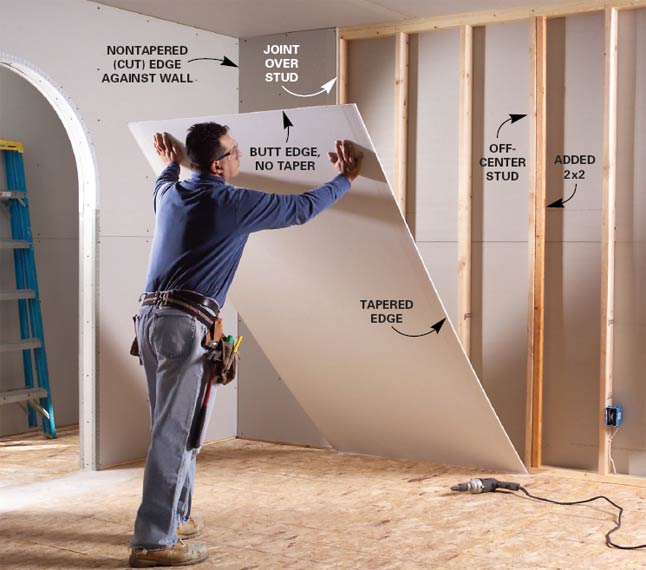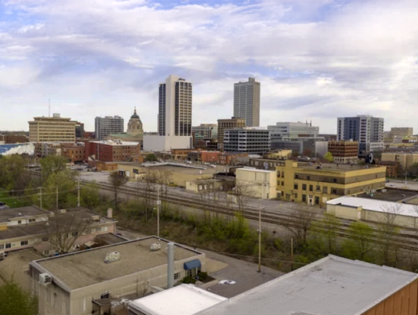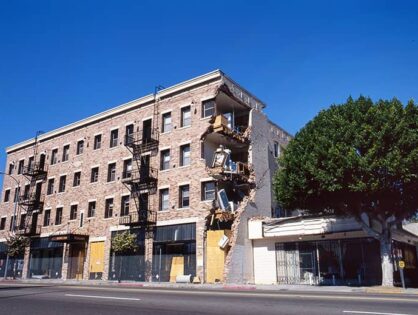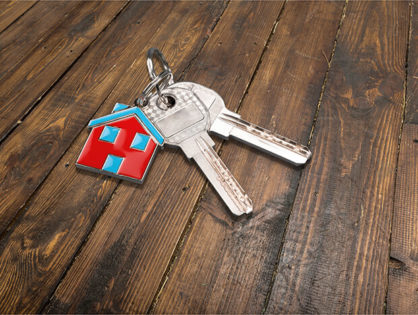What’s the Difference Between Drywall and Sheetrock?
Sheetrock and drywall are construction materials that are commonly used in modern construction. Sheetrock is a brand name for a type of drywall that is widely used in the United States. A drywall is a panel made of gypsum plaster that is pressed between two thick sheets of paper. Both materials are used to create walls and ceilings in residential and commercial buildings. They are easy to install and provide a smooth, flat surface that can be painted or wallpapered.
Additionally, drywall is also used for soundproofing and insulation purposes. Whether you are building a new home or renovating an existing one, sheetrock and drywall are essential materials that can help you achieve a beautiful, functional, and long-lasting result.
The Difference Between Drywall and Sheetrock
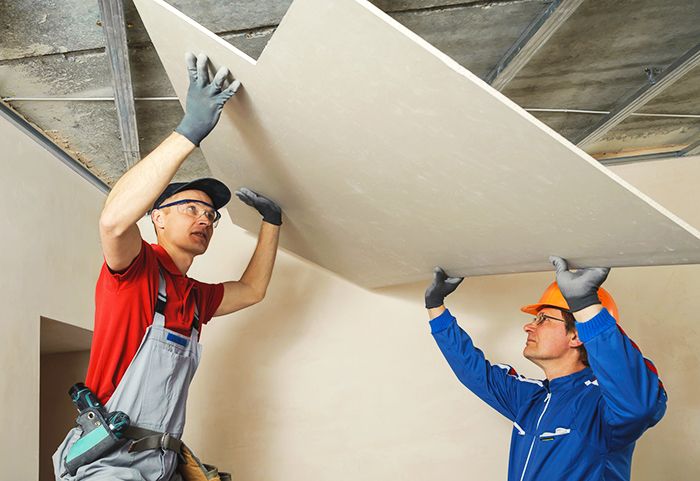
What is Drywall?
A drywall panel is made of a paper liner wrapped around an inner core made from gypsum plaster says, Local Records Office. The plaster is mixed with fiber, plasticizer, foaming agent, finely ground gypsum crystal as an accelerator, EDTA, starch, various additives that increase mildew and fire resistance, wax emulsion, and water.
This is then formed by sandwiching wet gypsum between two sheets of heavy paper or fiberglass mats. When the Gypsum plaster dries, the sandwich becomes strong enough for use as a building material.
Drywalling is the term used for a method of constructing interior walls and ceilings using panels made of gypsum plaster. Many such panels are made with fiberglass instead of paper to prevent mold growth. Drywall construction is used for the finish construction of interior walls and ceilings.
Drywall construction became prevalent as a speedier alternative to lath and plaster techniques, which involved forcefully spreading coarse plaster, known as the base onto the wall’s lath-work(many slim boards nailed to the Studs with small gaps between them).
Each layer would be added in succession and all by hand. Drywall, compared to plaster, requires hand finishing only in the corners and Screw holes.
This process is achieved by the usage of a product we call MUD. drywalling requires less labor and drying time because you only need to mud and smooth the Taped regions between sheets and the corners of the room.
Drywall Construction Worker Sheet Room in Minutes – Video
What is Drywall Used For?
Drywall is used in the construction of interior walls and ceilings in homes and commercial buildings. It is an inexpensive and versatile material that is easy to install and provides a durable, smooth surface that can be painted or wallpapered. Drywall is also fire-resistant and can help to insulate a building. It is commonly used in both residential and commercial construction.
What is Sheetrock?
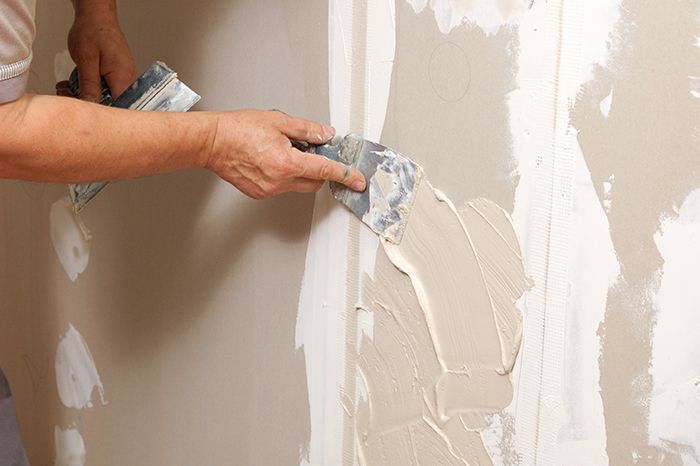
Drywall Panels are also known as gypsum board, wallboard, plasterboard (USA, UK, Ireland, Australia), rock lath, and “sheetrock” (a trademark of USG Corporation) Wait for sheetrock!? Yes, Sheetrock is a variation of Drywall they are identical in manufacture with the exception of some of the chemicals used.
All of these are classified as Drywall. These sheets almost all come in 8-foot segments no matter who the manufacturer is and often need to be cut to proper sizes.
They are then set up against an open-face wall and flagged by the first group for being “Screwed off”(the act of putting many screws into the parts of the board with Studs under them). Once the boards have all been screwed off a taping crew will come in and use paper tape resembling scotch tape to cover all the gaps.
Finally, put a layer of MUD (A similar substance to plaster which is easier to manipulate but not as durable) over every gap and fill every screw hole. The last thing they will do before their crews leave is to use a rasper (a rough-edged tool similar to a sanding pad) to smooth everything down.
So as you can see Sheetrock is only a brand of drywall much like “Channel Locks” which are just a brand of tongue and groove pliers. Yet every set of tongue and groove pliers seems to end up being called “Channel Locks”. Much the same nearly every brand of drywall will end up being called Sheetrock at one time or another.
Though this may be confusing to some any knowledgeable salesperson should be able to explain this to you. Most construction workers or “Drywallers” who use Sheetrock regularly should know the reason it’s called drywalling, even though they use Sheetrock. Due to Sheetrock being one of the most widely used brands of drywall here in the U.S., you may find that many brands get called Sheetrock regardless of who manufactured them or Drywaller crews being called Sheetrock crews.
What is Sheetrock Used For?
Sheetrock is a brand name for a type of drywall made by the US Gypsum Company. It is used for the same purposes as regular drywall, such as in the construction of interior walls and ceilings in homes and commercial buildings. Sheetrock is easy to install and provides a smooth, durable surface that can be painted or wallpapered. It is also fire-resistant and can help to insulate a building. Like other types of drywall, it is an inexpensive and versatile building material.
Why Use Drywall Instead of Plywood?
Drywall and plywood are two common materials used for constructing walls, but drywall offers several advantages over plywood. Drywall is easier and quicker to install, requiring fewer steps and tools compared to plywood. It also provides a smoother and more uniform finish, which is ideal for painting and other decorative treatments. Drywall is also more fire-resistant than plywood and offers better sound insulation, making it a great choice for rooms where noise reduction is important. In addition, drywall is typically more cost-effective than plywood, making it a popular choice for both residential and commercial construction projects. Overall, choosing drywall over plywood can save time, and money, and offer better performance for your building needs.
What is a New Substitute for Drywall?
Drywall has been a popular material for constructing walls for many years, but it does have its drawbacks. Fortunately, there are new substitutes available that offer a range of benefits. One popular alternative to drywall is cement board, which is made from reinforced cement and provides excellent resistance to moisture, fire, and insects. Another substitute gaining popularity is magnesium oxide board, which is a non-toxic and eco-friendly option that is resistant to mold and mildew. For those looking for a more sustainable option, there are also panels made from recycled materials such as straw, hemp, and bamboo. These substitutes can offer superior durability, sustainability, and safety compared to traditional drywall. By exploring these new substitutes for drywall, you can find a material that suits your construction needs while also addressing any concerns you may have with traditional drywall.
Is it OK to Put New Drywall Over Old Drywall?
If you’re renovating a room or finishing a basement, you may be wondering if it’s okay to put new drywall over old drywall. The answer is generally yes, it is okay to do so, but it’s important to take a few factors into consideration. The first thing to check is the condition of the old drywall. If it’s in good condition, with no signs of damage, mold, or mildew, it can serve as a suitable base for new drywall. However, if the old drywall is damaged, water-stained, or crumbling, it’s best to remove it before installing new drywall. Another factor to consider is the thickness of the old drywall. If it’s significantly thicker than the new drywall, it can create an uneven surface that may affect the finish of the new drywall. In such cases, it’s best to remove the old drywall before installing the new drywall. Overall, putting new drywall over old drywall can be a convenient and cost-effective way to upgrade your walls, but it’s important to assess the condition of the old drywall before doing so.

